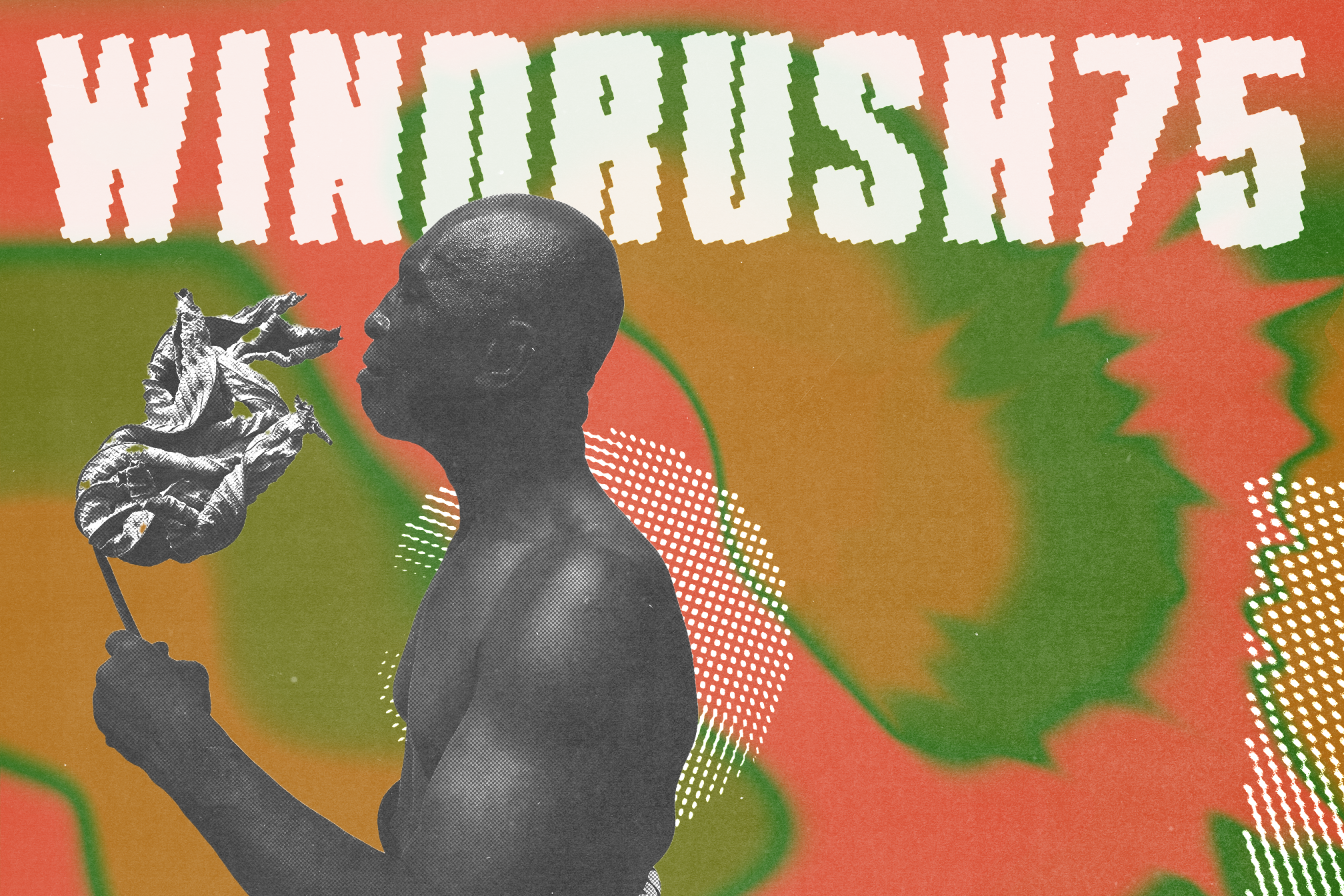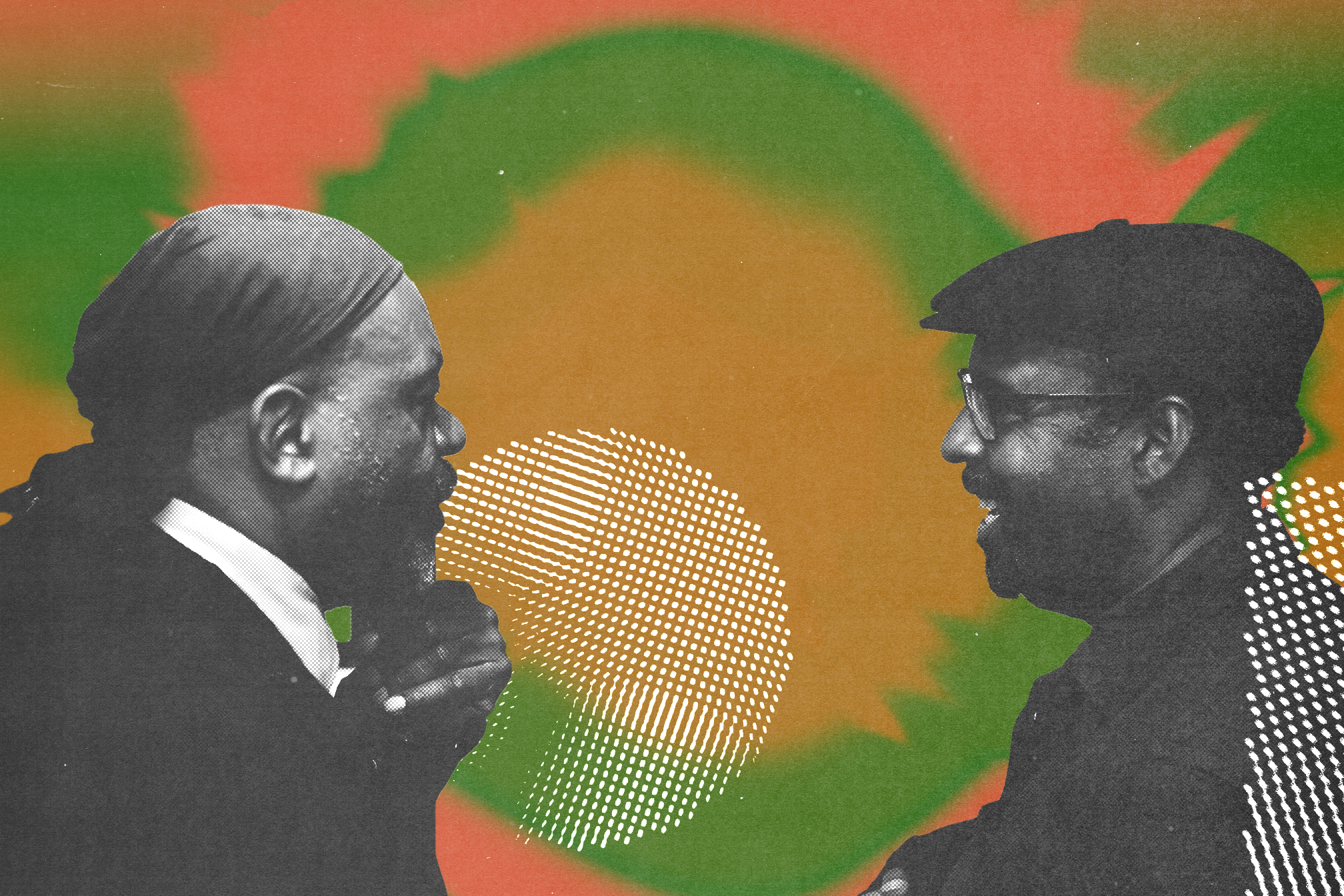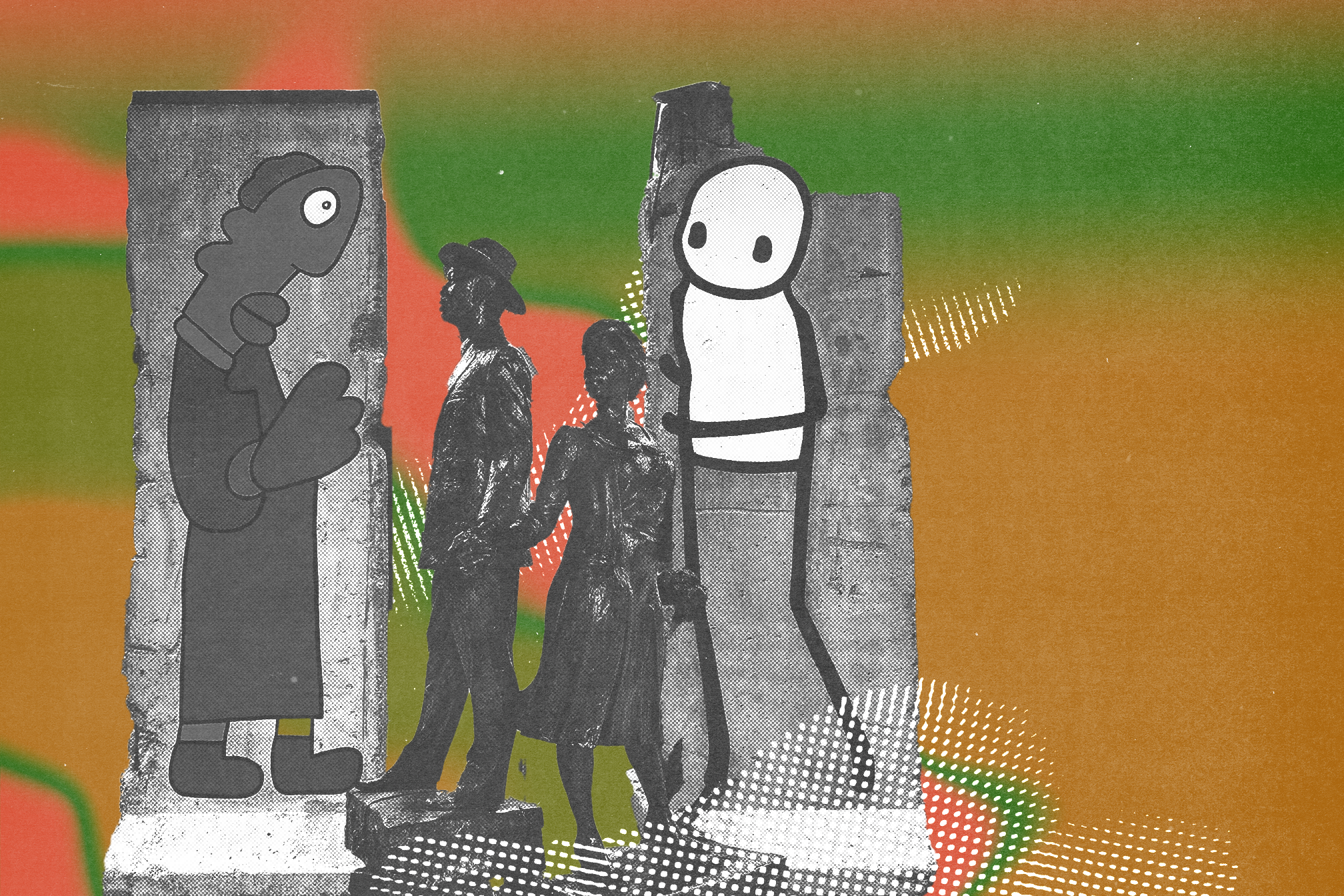 Features
Features
How UK cultural institutions are celebrating and archiving the lives of the Windrush generation
Niellah Arboine reports on the vital celebrations and exhibitions that commemorate the Windrush Generation
Mixmag is running an editorial series to mark the 75th anniversary of Windrush, find out more here
British history cannot be told accurately without acknowledging the contributions of migrants, including the Windrush Generation. When the histories of Caribbean people are often oral, it becomes even more necessary to fortify these stories in institutions, archives, galleries and exhibitions across the UK all year around.
22 June, 2023, marked 75 years since the Empire Windrush sailed onto British shores. While not all Caribbean migrants arrived on this particular boat, it marks a crucial milestone in the United Kingdom’s history of a new generation established between 1948 and 1971, who travelled from the Caribbean and were asked to work and live in Britain to help replenish the labour shortage after the war. Often met with hostility and hurdles, they still persevered, and through culture, cuisine, music and integration into the workforce - many joining the NHS or serving in the armed forces - the Windrush generation has cemented themselves into the tapestry of British culture and identity.
Read this next: On Sundays, Glorious Sundays, the culture of the Windrush generation came to the fore
Yet, despite the contributions of members of the Windrush generation, many are still suffering at the hands of the “hostile environment” which led to the Windrush Scandal in 2017. This saw commonwealth citizens who lived, worked and raised families in the UK being wrongly detained and deported racist legislation. After the Home Office destroyed crucial documents including landing cards, this led to many no longer having the proof to gain citizenship, and being deemed as “undocumented”. Many are still seeking justice and compensation.
Cultural institutions are not only celebrating the lives of the Windrush generation seven decades on, but many continue to archive these vast and social histories, working alongside communities to tell their own stories, whether through art, archival documents or film, bringing a nuanced and thorough understanding of life in Britain.

National Windrush Museum
National Windrush Museum’s whole mission dedicates itself to continuously preserving the histories of Caribbean migrants and Black British people. As it notes online, “outside of the annual Black History Month, most British museums do not represent the history or culture of British Windrush settlers despite the considerable impact Windrush communities have in Britain”. This year it is marking the occasion through an international summit in partnership with the Institute of Caribbean Studies, examining the culture, heritage and politics of this important migration story up until the present day.
Mansfield Museum
The Mansfield Museum’s exhibition, It Runs Through Us, throughout the year will document the oral histories of Black communities in Mansfield. Objects and artefacts including homeware and clothes from the '50s have been kindly loaned to the exhibition by local communities. “The Mansfield-born children of these families, many now grandparents themselves, are featured in the oral history videos, sharing positive experiences of childhood, friendships, and working lives, alongside challenges faced.” One of the stories highlighted follows Samuel Case who came over from Jamaica in his 20s, living on Western Avenue in Mansfield. He became the first Black man to be elected as a deacon by a congregation of 120 people at Mansfield Baptist Church.
Read this next: Why the radiogram is a sacred piece of music technology
The International Slavery Museum
Liverpool is known for having the oldest Black community in the UK dating back to the 1500s and by the 1780s it was Europe’s capital of the transatlantic slave trade. The International Slavery Museum, which was founded in 2007, highlights and showcases the breadth of Black history, with a strong focus on the realities, violence and complexities of slavery - from the transatlantic slave trade to modern-day slavery. Artist Shane D’Allessandro’s work, Contributions, which now lives in The International Slavery Museum, “reimagines the British Flag to encompass the Black Caribbean communities that, like many other communities, have given and contributed so much, often without acknowledgement or thanks.” Through it, he expresses how migration has been consistent for Caribbean communities long before the Windrush Generation.

Migration Museum
The Migration Museum in Lewisham, London was founded by Barabra Roche as a necessary place to house Britain’s crucial migration stories, believing that these histories should be at the heart of Britain’s national identity. It celebrated the 75th anniversary with a day-long festival including music, talks and workshops. As Aditi Anand, Artistic Director at the Migration Museum, says: "Now more than ever, it’s important to recognise and celebrate the lives, achievements, struggles and contributions of the Windrush Generation and their families and to amplify the voices of our friends and neighbours with a connection to this historic moment."
Outside of this event, the Migration Museum is displaying visual artist EVEWRIGHT’s installation, diving into the perspectives of growing up in Lewisham. In the artist’s statement, EVEWRIGHT says, “This installation is my own unique perspective on growing up in Lewisham as the child of parents from the Windrush generation, reflecting on the places and the forgotten heroes of Lewisham’s past and present that have shaped my life. It’s a homage to my mother, Clarice Reid, and the influences of my father, Lindon Wright. My brothers and sisters and other key local individuals appear in this work as part of a discourse of what it means to be Black and British today.”
Reading Museum
Reading Museum has teamed up with the Reading Caribbean Associations Group, an umbrella organisation for African Caribbean Groups in Reading, and ACRE AGE UK Berkshire to present Windrush Lives, showcasing how the Windrush Generation and their descendants have shaped the society and economy of Reading. Today, Reading has a large population of second and third-generation Caribbeans, including one of the highest proportions of Barbadians and people of Barbadian descent living outside of the island. As the Reading Museum notes: “Through the course of the project, we will gather artefacts and share the stories and testaments from across all of Reading’s Caribbean Island communities. This is a living heritage which would otherwise be at acute risk of being lost to posterity. Therefore, this project responds to the vital need for the torch of remembrance to be passed on to the next generations.”
Read this next: The forgotten ships of the Windrush Generation
Riverfront Arts Centre
The Windrush Caribbean British Film Festival returned to the Riverfront Arts Centre in Newport, Wales, exploring “the complex relationship between the big screen and the Windrush migrants from the Commonwealth, through screening films from across the span of the 75 years of Black British Cinema.” Carl Connike, a Newport resident and photographer has curated an exhibition called Unsung Heroes: The Life and Death of the Windrush Generation. Telling the stories of a generation who lives in Wales without “praise or recognition” the exhibition blurb states. Speaking about the exhibition Carl Connike says: "The Unsung Heroes is about telling the story of the Windrush generation - they may be the last chain in the link that stretches back hundreds of years - we need to capture their images and stories before it’s too late."
The exhibition Windrush Cymru – Our Voices, Our Stories, Our History, was on display earlier in the year and will continue to travel across Wales. “This exhibition features the stories of over 40 of those Windrush Generation Cymru, told in their own words. The exhibition is an opportunity for visitors to learn about their journeys to Wales, and the challenges they faced in building a new life in a country far from their homelands – finding work and the attitudes of people towards them,” the exhibition text reads.
Soho House, Birmingham
This year, Soho House celebrates the 75th anniversary through a series of events including workshops, talks and lunches. The photographer Vanley Burke’s personal archival collection of images will also be on display. “Soho House is looking forward to celebrating Windrush Day 75, elevating the stories of people who journeyed to Birmingham from the Caribbean, and their descendants,’ said Lynsey Rutter, Learning and Engagement Manager, Historic Properties, prior to the launch event. “Our Windrush programming is part of Birmingham Museums’ vision to tell stories that build social trust and increase belonging for communities across the city.”
The Birmingham Black Oral History Project was created in the 1990s and homes a collection of oral histories from members of the Windrush Generation. “An Oral History gives us a unique window into a period of history that we can’t experience for ourselves and allows us to hear the voices of the past.” These crucial stories are stored in The City Sound Archive, where they will continue to be preserved.
Niellah Arboine is a freelance writer and deputy editor of Where the Leaves Fall, follow Niellah on Twitter


